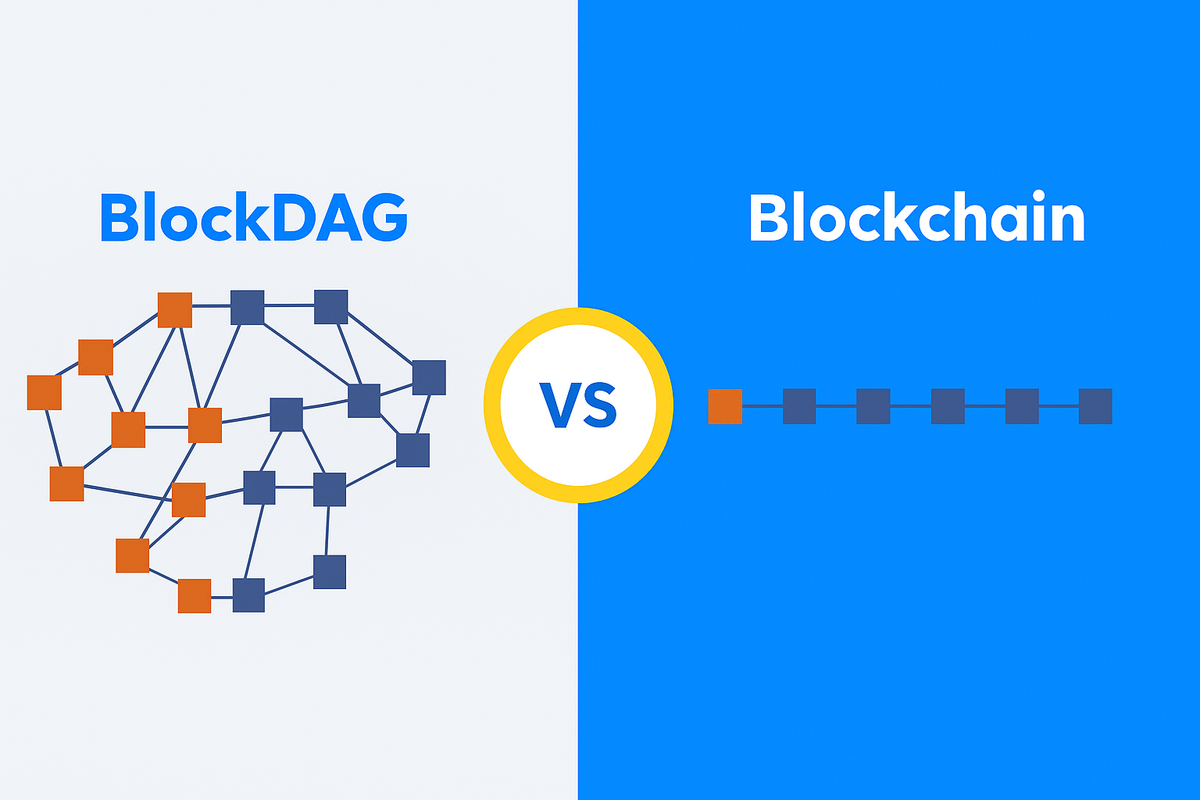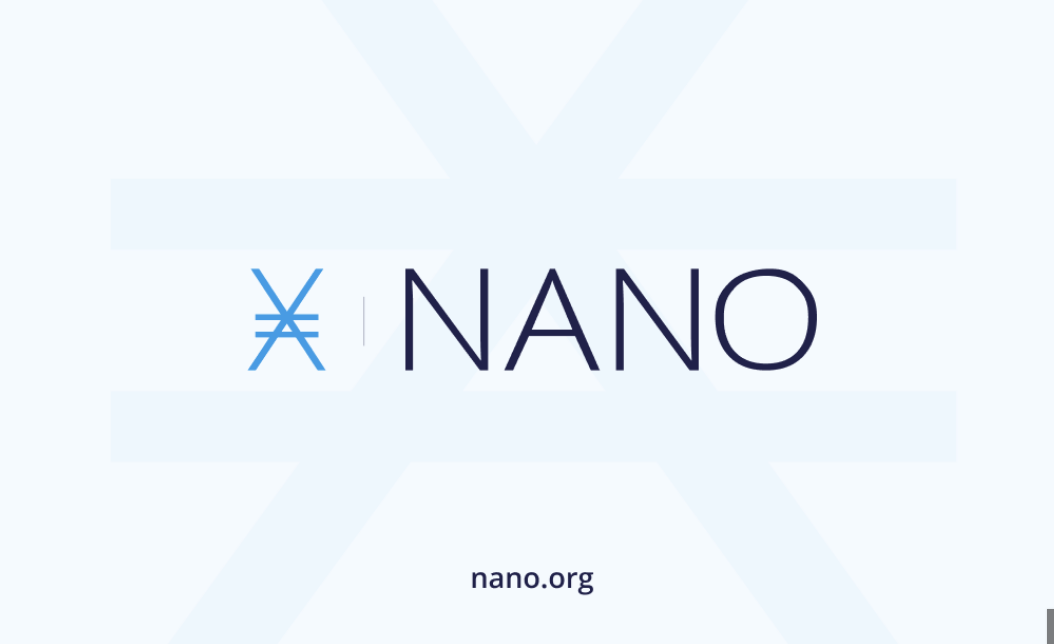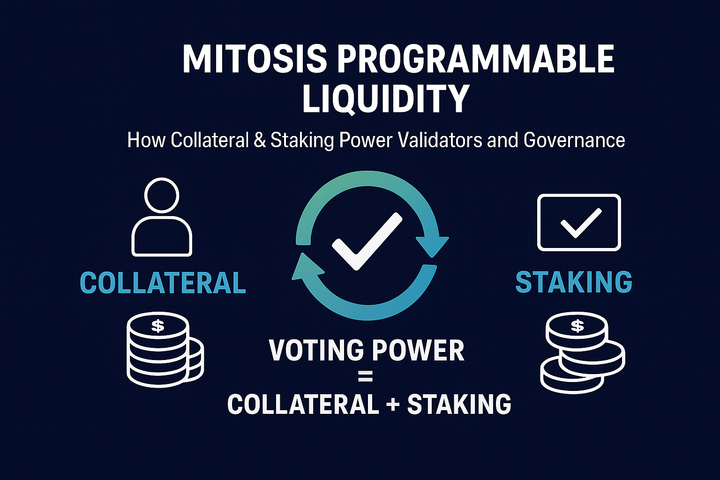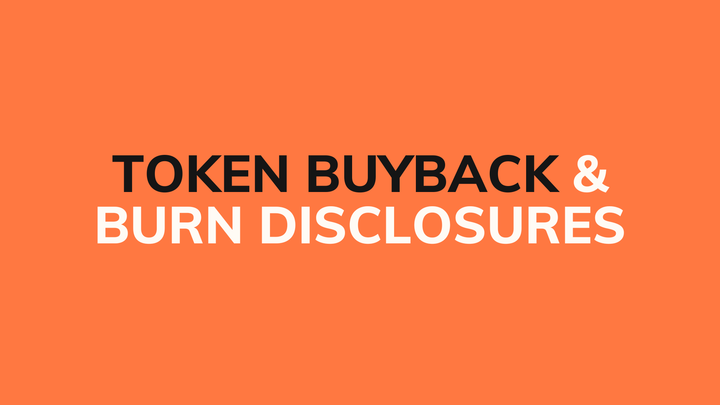Blockchain vs BlockDAG: Evolving the Future of Distributed Ledger Technology

Both blockchains and DAGs use a distributed ledger to record transactions, but they do so in fundamentally different ways. While blockchain relies on a sequential chain of blocks, DAG uses a multidimensional, parallel structure. The natural question is whether DAG is a competitor to blockchain technology or a better, more advanced version of it.
In this article, we will break down how each technology works, explore its differences, and examine how DAG-based protocols (both established and new) are shaping the future of decentralized systems. By the end, you’ll have a clear view of where each stands, and whether the future lies in competition, coexistence, or convergence.
Blockchain Technology

Since its inception, blockchain technology has been a foundation for decentralized applications, paving the way for countless innovations and supporting a wide range of ecosystems. A blockchain is a transparent, distributed ledger replicated by all participating nodes in the network. Each node maintains a copy of the ledger, ensuring consistency and security. Transactions are collected into blocks, each referencing the block before it, creating an immutable sequential chain.
Before a block is added, it must be validated by a consensus mechanism. In traditional Proof-of-Work (PoW) or Proof-of-Stake (PoS) systems, this process requires agreement from a majority of nodes (often set at 51%) to confirm the block’s validity. This design ensures a high degree of trustlessness, but it also means validation happens in a linear, block-by-block fashion.
This single-chain topology can slow transaction processing. If the block generation rate is too high, propagation delays can occur, leading to forks and the creation of orphan blocks, valid blocks that do not end up on the longest chain. Orphan blocks are common when network delays prevent all nodes from agreeing on the same block at the same time. Larger blocks also take longer to transmit, increasing the risk of divergence.
Also read: Mitosis Hub and Spoke Architecture: Revolutionizing Cross-Chain DeFi
Scalability in blockchain is constrained by factors such as disk I/O, memory, bandwidth, and the time needed for new nodes to synchronize with the network. While upgrades in hardware and optimization can help, these limitations are inherent to the sequential block structure. Newer architectures, like the BlockDAG model, seek to overcome these hurdles without compromising decentralization.
The BlockDAG (Directed Acyclic Graph) Technology

A Directed Acyclic Graph, or DAG, is another form of distributed ledger technology. Instead of organizing data into a single sequential chain of blocks, DAG uses a network of transactions connected in a graph structure where each transaction references multiple others. This design removes the need for traditional blocks entirely and allows many transactions to be confirmed simultaneously.
The key difference between blockchain and DAG lies in their dimensionality. Blockchain is one-dimensional (each block points to exactly one previous block) while DAG is multidimensional, enabling each transaction or node to reference multiple predecessors. This means validations can happen in parallel rather than sequentially.
In a DAG-based system, every new transaction helps confirm previous transactions. This removes the need for miners to compete in solving computational puzzles, as in PoW, or for validators to wait for block formation. Nodes can process multiple incoming and outgoing edges at once, and a transaction does not need to wait for the completion of the one before it. As a result, throughput increases significantly, and latency is greatly reduced.
DAGs also have no concept of orphan blocks. Instead, all valid data gets incorporated into the ledger, making network resources more efficiently used. This approach is particularly promising for Internet of Things (IoT) environments, microtransactions, and applications requiring high-frequency, low-latency data confirmation.
Is DAG Better Than Blockchain?
From a purely structural and performance standpoint, DAG technology appears to address many of blockchain’s limitations. It scales better because transactions can be processed in parallel, not queued in a single chain. The absence of mining competition reduces energy use and latency. And by eliminating the concept of blocks, DAG avoids orphaning issues.
However, DAG is not simply “better” in every case; it’s different. Blockchain has battle-tested security, broad developer adoption, and a robust ecosystem. DAG systems must also tackle their own challenges, such as designing fair and secure consensus without a traditional chain and preventing attacks in a high-throughput, parallel environment.
The real potential may lie in integrating DAG principles into blockchain networks. Some projects are already experimenting with hybrid models that combine the scalability of DAG with the security frameworks of blockchain consensus. In these hybrid systems, multiple nodes can confirm transactions simultaneously while still using cryptographic proofs to secure the ledger.
Also read: From Static to Programmable Liquidity: How LSTs & LRTs Are Redefining Liquidity in DeFi
Projects Implementing DAG Technology
Several projects have already implemented DAG or BlockDAG architectures to push past blockchain’s throughput limits.
Taraxa

Taraxa is a public ledger purpose-built for business decision-making, integrating a BlockDAG protocol to achieve over 5,000 transactions per second (TPS) with sub-second block inclusion, and aiming for 50,000 TPS in the future. The design focuses on maximizing throughput without sacrificing network security.
IOTA

IOTA introduced one of the earliest DAG implementations, called the Tangle. Each IOTA transaction verifies two previous transactions, allowing the network to scale naturally as more participants join. Over time, IOTA has evolved significantly, removing its central “Coordinator” node through the Coordicide upgrade, introducing IOTA 2.0 with delegated proof-of-stake, and in late 2024 unveiling the Mysticeti protocol capable of 50,000 TPS.
In April 2025, IOTA announced the Starfish consensus, aiming for 150,000 TPS with advanced block dissemination methods. These upgrades have expanded IOTA’s role from IoT micropayments into broader smart contract and high-throughput applications.
Nano

Nano uses a block-lattice architecture, where each account has its own blockchain, and transactions require confirmation from both sender and receiver chains. This design allows multiple transactions to occur in parallel, offers instant finality, and charges zero network fees. Its lightweight protocol makes it well-suited for payments and everyday microtransactions.
Kaspa

Kaspa represents one of the most advanced DAG-based cryptocurrencies to date. Launched in November 2021 with no pre-mine and no centralized allocations, Kaspa uses the GHOSTDAG consensus, which generalizes the Nakamoto consensus to allow multiple blocks to be created and confirmed simultaneously. Currently, Kaspa produces around one block per second, with each block containing hundreds of transactions, but its Rust rewrite aims to push this to 32 blocks per second and beyond.
The upcoming DAGKNIGHT upgrade will introduce adaptive confirmation times, improving responsiveness while maintaining security across global network latencies. With these advancements, Kaspa is positioning itself as a high-throughput, fully decentralized ledger capable of handling real-world transaction volumes.
DAGs: The Future of Scalability in Blockchain?
DAG emerged in response to the very limitations of blockchain, transaction bottlenecks, high energy use, and latency. By removing miners, blocks, and rigid sequential validation, DAG makes it possible for a protocol that billions of humans and machines can use seamlessly. Its tree-like, parallel structure supports high decentralization without compromising speed.
Blockchain and DAG need not exist in opposition. While DAG systems are already proving themselves in real-world networks, blockchain remains deeply entrenched in the decentralized space. The two may well converge, with hybrid architectures combining blockchain’s security guarantees with DAG’s scalability.
Also read: Mitosis: Revolutionizing Blockchain with Cosmos SDK and CometBFT Consensus
Conclusion
Directed Acyclic Graph technology is more than a competitor to blockchain; it is an evolutionary leap in distributed ledger architecture. By enabling parallel validation and eliminating many of the inefficiencies inherent to linear blockchains, DAG opens the door to transaction speeds and capacities that traditional chains struggle to match.
Projects like IOTA, Taraxa, Nano, and Kaspa demonstrate the diversity of DAG implementations, from IoT microtransactions to enterprise-grade ledgers and high-throughput decentralized networks. IOTA’s Starfish upgrade, Kaspa’s GHOSTDAG and DAGKNIGHT, Nano’s feeless instant payments, and Taraxa’s business-focused scaling show that DAG is not a one-size-fits-all model, but a flexible family of technologies capable of addressing specific network needs.
In the long term, the most effective decentralized systems may be those that integrate the best of both worlds, retaining blockchain’s robust security models while adopting DAG’s multidimensional scalability. As these technologies mature, they will likely coexist, each serving the environments and applications where they excel. What is certain is that DAG has firmly secured its place in the conversation about the future of decentralized ledger technology.



Comments ()